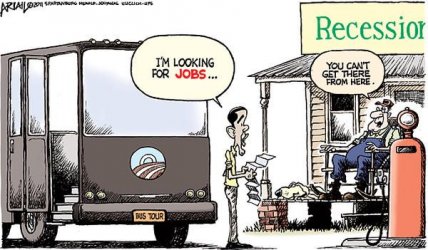BREDNAMERICA
Senior Member
How do we honor the unemployed this year? Do we give them the day off? Tell them job well done. Maybe we can give them an extra days pay on thier unemployment check. My full time job for the last 2 years has been a part time job. I can't afford to go to work and i sure in the hell can't afford to quit it
Last edited:





